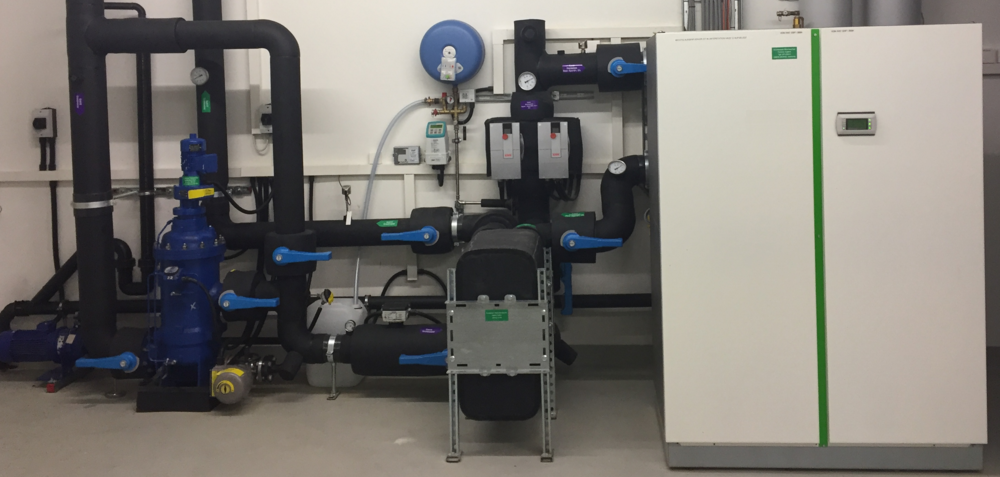Heat Pumps

The heat pumps developed in TRI-HP will be based on natural refrigerants with very low Global Warming Potential (GWP) and zero Ozone Depletion Potential (ODP), namley CO2 and propane. These natural refrigerants are necessary to cover efficiently the different types of space heating and domestic hot water demands in Europe, thereby making the phase-out of the Hydrofluorocarbons (HFC) refrigerants possible.
Natural refrigerants
Using natural refrigerants, such as CO2 and propane, is going to be important in the future, in contrast with the synthetic refrigerants that are continually banned due to environmental or safety issues. CO2 is a safe (non-toxic and non-flammable) and efficient option, particularly for the production of domestic hot water (DWH) that it can achieve higher temperatures (up to 80°C) compared to synthetic refrigerants (max. around 55-60 °C).Propane is a very efficient solution for heating and cooling, and can be safely handled, particularly if the refrigerant charge is minimized. Current propane heat pumps can also easily achieve condensing temperatures above 60°C, however with a much lower COP compared to CO2. Thanks to the high subcooling used in TRI-HP for the propane heat pump, a COP similar to the case of CO2 will be achieved.
Dual-Source Heat Pump System
The dual source/sink system will allow to use ground and air as heat sources or sinks benefiting of the best source at any time during the day. This will allow to increase performance and reduce the borehole length in comaprison to current ground source heat pumps system by 50%, which accounts for a major part of the investment cost of the system.
Solar Ice-Slurry Heat Pump System
The solar ice-slurry system is a particular case of solar-ice systems which are based on using solar thermal collectors as the only source for the heat pump. As long as the sun shines or the ambient temperature is not too low, solar collectors act as a direct source for the heat pump. During cold nights or days with low irradiation, when the low-grade energy from the solar collectors is insufficient to run the heat pump directly, the ice slurry storage is used as a temporary heat source. The ice slurry storage can store low-grade heat from solar collectors with a high volumetric storage capacity, increasing the solar energy yield by a factor of two compared to a solar system without an ice storage.